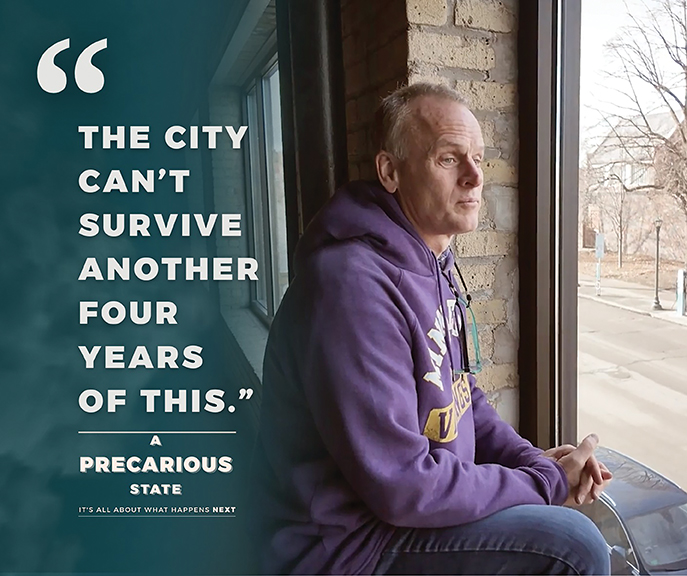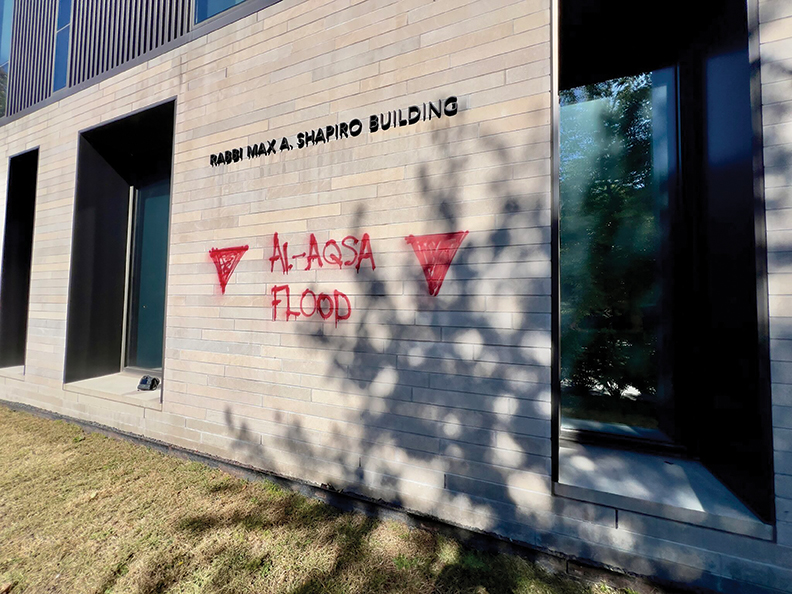By the time this issue goes to press, the results of the 2023 municipal elections will not be news. Within the circulation area of this paper, readers will know that Katie Cashman defeated Scott Graham in Ward 7 to win Lisa Goodman’s open seat, while incumbent Aisha Chughtai cruised to reelection with over 60% of the vote in Ward 10. What may be news, or at least of interest, is how exactly those votes broke down within each ward.
For starters, when students of politics talk about “off-year” elections like this being lowturnout, they mean it. In presidential election years, Minnesota has led the nation the past three cycles, with nearly 80% of eligible voters casting a ballot in 2020. By contrast, in the 2023 municipal election, total voter turnout stood at a mere 31.7%, i.e., only roughly three in 10 eligible voters cast a ballot. Locally, voter turnout was 37.5% in Ward 7, while in Ward 10 that number stood at 33.1%.
But within those aggregate numbers, there are interesting observations to be made, particularly in Ward 7. For example, in the final tabulation of this ranked-choice election, Cashman defeated Graham by over two percentage points (50.8% v. 48.5%). That would be considered a decisive victory in a presidential election, but in terms of the final tally, her margin of victory was only 177 votes. Put differently, a mere 80 votes constituted a full percentage point in this low-turnout contest.
Also, while the phrase “low turnout” appears throughout this article, three precincts (out of 12) in Ward 7 had among the highest turnout in the city, eclipsed or matched by only three precincts in Ward 12 (the open seat vacated by Andrew Johnson) and one in Ward 8 (the Andrea Jenkins/Soren Stevenson contest). The highest turnout was Precinct 1 (north Bryn Mawr), where Cashman decisively beat Graham 63% to 37% in first-choice ballots, with 54.7% turnout. Turnout in Precinct 2 (Kenwood and western Lowry Hill) was only slightly lower, at 54.5%, but there Graham bested Cashman by a more than 2:1 margin, 71% to 29% in firstchoice ballots. In Precinct 7 (south Bryn Mawr), voter participation was 52.1%, and Graham won his home precinct with 59% of the first-choice vote.
Overall, Cashman bested Graham in first-choice votes in nine of the 12 precincts, with vote totals ranging from 77% (Precinct 6 – Downtown) to 51% (Precinct 9 – East Isles).
Interestingly, there was something of an inverse relationship between voter participation and candidate vote totals: In her top three precincts, Cashman’s highest percentages of first-choice votes were in relatively low-turn- out areas, whereas Graham’s three best were in higher-turnout precincts.
For Cashman, her top three first-choice vote precincts were: Precinct 10 (Stevens Square, 77% of votes, 29.1% participation), Precinct 6 (south Downtown, 74% of votes, 19.4% participation), and Precinct 11 (north Downtown, 71% of votes, 18.5% participation).
For Graham, his top three first-choice vote precincts were: Precinct 2 (Kenwood, 71% of votes, 54.5% participation), Precinct 4 (CIDNA, 61% of votes, 38.5% participation), and Precinct 7 (south Bryn Mawr, 59% of votes, 52.1% participation).
But, again, Cashman ran up margins in nine of 12 precincts, and that contributed to her overall 2% victory in the final count.
The story in Ward 10 was more straightforward. Looking again at first-choice vote totals, Aisha Chughtai beat her two main opponents, Bruce Dachis and Nasri Warsame, by crushing margins in seven of the ward’s nine precincts. In the two exceptions, Precinct 3 (East Bde Maka Ska) went for Dachis with 61% of the vote, while Precinct 8 (Lyndale) voted 59% for Warsame.
Overall, the 2023 municipal election calls to mind the adage, “the future belongs to those who show up.” In an election where only eight precincts out of 137 citywide had greater than 50% voter turnout, victory belongs to whoever can motivate the greatest number of supporters to actually show up at the polls — and there’s a shockingly large amount of untapped potential in every single one of those 137 precincts.
Some notes: In calculating vote percentages, only the top two vote-getters were compared in each precinct of these multicandidate races. In no instance was there a precinct in which votes were relatively evenly split between three or more candidates. Instead, they all lopsidedly favored two candidates, such as Chughtai-Dachis in Precinct 3 or Chughtai-Warsame in Precinct 8. The remaining candidates had no material impact. Finally, rankedchoice voting is complicated. First-choice votes were used for comparison purposes because they accurately predict the result in roughly 97% of all Minnesota ranked-choice elections (although the Andrea Jenkins/Soren Stevenson contest stands out as a notable exception, with Jenkins coming from behind to win after the first ballot).






